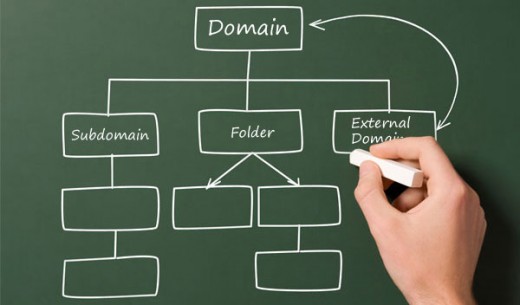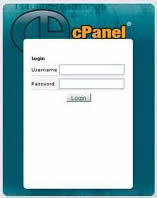How to create a subdomain

What is a domain name?
Before I show you the procedure of creating a sub domain, I need to explain what a domain name is. I will try to keep this as simple as possible for the benefit of the reader that hates technical jargon. A domain name is a unique identifier that is used to identify websites online. It’s what you see in the address bar of your browser. Of course you might also see a sub domain in the address bar but we will be coming to that shortly. A typical domain name has two levels. The word or phrase part and the extension part. For instance hubapges.com is a domain name. hubpages is the phrase and .com is the extension. There are many different extensions that are used on the internet and each extension has its own function. I have described the most common extensions in my hub on How to choose a domain name.
What is a sub domain name?
A sub domain is a
domain that seats on another domain. Just think of it is a folder
stored in the root folder of your domain. For instance, if I had a folder
called blog stored on the root of my domain name, let’s call the domain mydomainname.com,
then I would access the folder by typing mydomainname.com/blog in the address bar. I could however
choose to have a sub domain for my blog instead of a folder. For instance, I could
have marketing.mydomainname.com. There are many reasons why i would you would want to use a subdomain instead of a folder. Let me list a couple of the reasons
- The sub-domain will work on the internet just like a real domain name and the best part is that you don’t need any approval from the internet authorities. You can create a number of sub domains on your domain although that depends on the web-host you have. Some may offer you 5 sub domains, others 10 sub domains and others like bluehost.com will offer you unlimited sub domains
- you might want to have different websites on the same domain name. There could be many scenarios to explain that. Maybe you want to have a forum on your website to engage with your visitors; maybe you want to have different websites for different branches of your company etc.
- You can decide to share the disk space among members, friends or family members. For instance, you are reading this on a sub-domain (ronhi.hubpages.com). There are many members and each has been given access to his account with his username, password and his space. You can get your free hub-pages subdomain too by joining hubpages for free
- You might want to monetize your sub-domains. There are many people who want to have small websites and they wouldn't mind paying a small fee for a sub-domain
- You can use your sub-domain as a temporary placeholder for your online projects.Lets say you are a graphic designer, you might decide to have a sub-domain that has your portfolio for the benefit of new clients who might want to have a look at what you can achieve
- You can also give out free sub-domains and use it as an inexpensive way to popularize t your main domain name.


How to create a subdomain
- If your webhost allows you to create sub-domains, you should be having access to the cpanel. so the first thing you need to do is log in to the cpanel using your login credentials. if you lost or forget them, you can request for a reset by submitting a ticket (sending an email to support). To get to the Cpanel login screen, enter yourdomain.com/cpanel
- Look for a link called sub-domains and click on it. You will find it under the domains tab. See image on right.Enter the desired name of the sub-domain. Before you settle for a sub-domain name, you might want to refer to my hub on the 7 qualities of a good domain name. They apply for sub-domains as well.
- Just leave the document root space blank. Cpanel will suggest you a directory name to store your files based on your domain name e.g public_html/yoursubdomain
- Click on create
You now have your sub-domain. You can apply the domain management tools on your sub-domain. For instance, you can redirect the sub-domain, you can delete the sub-domain etc.
CAUTION!!
if on a shared computer, remember to sign-out of Cpanel.
You may also like
- 7 qualities of a good domain name for your website
Any marketing professional will tell you the importance of the “P of Place“in your business. That is why businesses invest a lot of money and time in getting a vantage location for their business. It works much the same way online. Your website is yo - step by step guide to domain name registration
You need to register your own domain instead of leaving that to someone else. Even if you want to hire a web designer to develop your website, you can still register the domain and give him the passwords. That way, you are less exposed to the threat - How to protect your domain name from hijack
You might have never been a victim of domain theft but it is a real thing and there are many people out there that are victims. The rule of thumb in domain management and domain security is "it's better to be safe than to be sorry." So it’s important - why getting a .com domain for your blog is a good idea
Want to create a blog? Easier than ABC! Just go to blogger or word press and a few clicks later, you will have your own blog up and running and without paying any web designer too. But before you get excited, listen to my brotherly advice first.Build








